HomePod Mini Supports Low-Power Thread Networking Technology
As disclosed on the specs page for Apple's new HomePod mini, the diminutive speaker is Apple's first to support Thread networking technology.

Thread is a low-power IP-based networking technology for connecting Internet of Things (IoT) devices, offering a secure, mesh-based system that makes it easy to build an ecosystem of devices.
While Thread is essentially agnostic to the application layers that run on top of it, it can support multiple layers and may play a role in Project Connected Home over IP, the alliance of Apple, Amazon, Google, and other companies that is seeking to make it simpler to build devices compatible with multiple ecosystems such as Siri, Alexa, and Google Assistant.
For the time being, however, Apple says in a footnote that HomePod mini's Thread support is limited to HomeKit devices, so the technology can't yet be leveraged cross-platform and it remains to be seen how Apple will embrace Thread going forward.
Apple is a noted supporter of the Thread project, with longtime Apple engineer Stuart Cheshire, who developed the Rendezvous/Bonjour zero-configuration standard nearly 20 years ago, serves as a director of Thread Group.
Apple's HomePod mini will be available for pre-order starting November 6, and it will officially launch on November 16.
Popular Stories
Apple today released Rapid Security Response (RSR) updates that are available for iPhone and iPad users running the iOS and iPadOS 16.5.1 updates and the macOS Ventura 13.4.1 update. Rapid Security Response updates are designed to provide iOS and macOS users with security fixes without the need to install a full software update. Today's updates address an actively exploited WebKit...
Apple is expected to unveil the iPhone 15 lineup in September. As usual, the Pro and Pro Max models are expected to have a wide range of new features, including a USB-C port, A17 Bionic chip, titanium frame, and more.
Below, we have recapped the top five new features rumored for the iPhone 15 Pro models.
USB-C port: iPhone 15 Pro models are widely rumored to feature a USB-C port, providing...
Apple earlier today released new Rapid Security Response updates for iOS 16.5.1, iPadOS 16.5.1, and macOS Ventura 13.4.1 users, but Apple has pulled the software, likely due to an issue that caused certain websites not to work after the RSRs were installed.
According to reports on the MacRumors forums, Facebook, Instagram, WhatsApp, Zoom, and other websites started giving a warning about not ...
Amazon Prime Day is back again, and this summer it will last for two days. During this time, you'll find a large selection of deals and offers across Amazon's storefront, covering savings on tech, clothing, video games, groceries, and much, much more.
Note: MacRumors is an affiliate partner with Amazon. When you click a link and make a purchase, we may receive a small payment, which helps us...
The iPhone 15 Pro models that are set to be introduced this September will be available in a unique dark blue color that has a gray tone, according to Unknownz21, a source that has provided multiple details on what we can expect from the next-generation iPhones and accurate information on other Apple devices like the Vision Pro.
Available in a new titanium material, the blue shade will have...



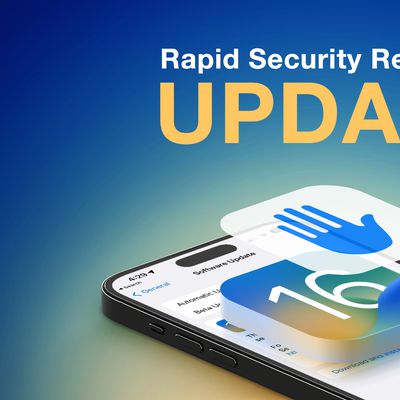
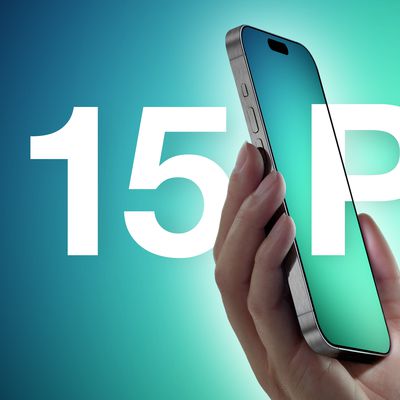

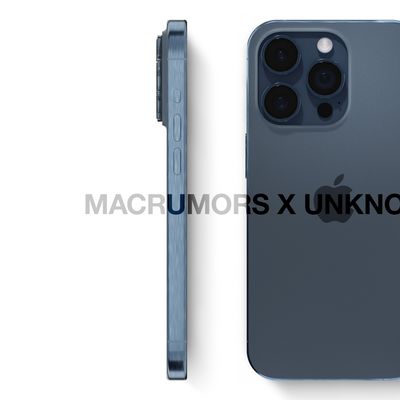









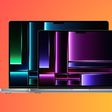
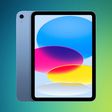
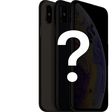


Top Rated Comments
Today, Apple implemented two of those necessary pieces. Thread networks devices without the need for a central “home network” and 5G provides speed and bandwidth not only matching that of a WiFi network but exceeding it.
The future of home networks is no home networks. Every device just talks to each other directly and where feasible and necessary, devices connect to the internet via their own embedded 5G chip.
June 2019: